It's one of the greatest puzzles of the universe, and one that has vexed humanity ever since we first gazed at the stars and thought of other worlds. Is our Earth the sole place that harbours life, or might it be found elsewhere, among the trillions of planets, star systems and galaxies? As Arthur C. Clarke put it: 'Two possibilities exist: either we are alone in the universe or we are not. Both are equally terrifying.'
The revelation that we might be seriously close to an answer is, therefore, momentous and surprising; even more surprising is that the revelation occurred on Jools Holland's New Year's Eve 2023 'Musical Hootenanny', in between performances by Rod Stewart, the Sugababes, Joss Stone, and the Mary Wallopers.
As is his wont, whenever the music subsided Jools Holland skittered boyishly between his BBC TV guests, asking them for comments on the year just gone, and the year to come.
One of these guests was Dame Maggie Aderin-Pocock, honorary research assistant at University College London's world-famous Department of Physics and Astronomy.Sitting next to Dr Aderin-Pocock, Holland asked the noted astronomer for her expectations of 2024, and she replied, candidly and baldly:
'I think we're going to discover alien life.' Slightly startled, Holland asked for some clarity - e.g. are we going to meet them on planet earth - to which she further said: 'Alien life is definitely out there'. Note: not here,
there.
If this was just a one off, we might dismiss it. Perhaps the BBC was unusually generous with the English fizz in the green room.
But Aderin-Pocock is not the only person ending 2023 with startling predictions of alien life discovery. In a YouTube video broadcast a few days ago, popular UK astrophysicist Becky Smethurst added some detail to all this, by
saying:
'I think we are going to get a paper that has strong evidence for a biosignature on an exoplanet very, very soon. Let's just say it's on my bingo card for 2024'.Likewise, in a CNBC
interview broadcast the first week of 2024, UK astronaut Tim Peake was asked to speculate on extra-terrestrial life, and he said 'Potentially,
the James Webb telescope may have already found [alien life]... it's just that they don't want to release or confirm those results until they can be entirely sure, but we found a planet that seems to be giving off strong signals of biological life.'
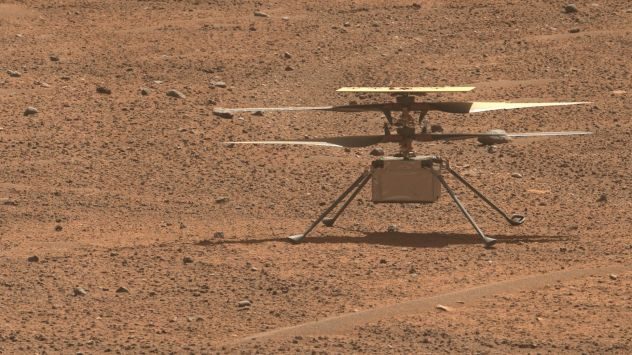
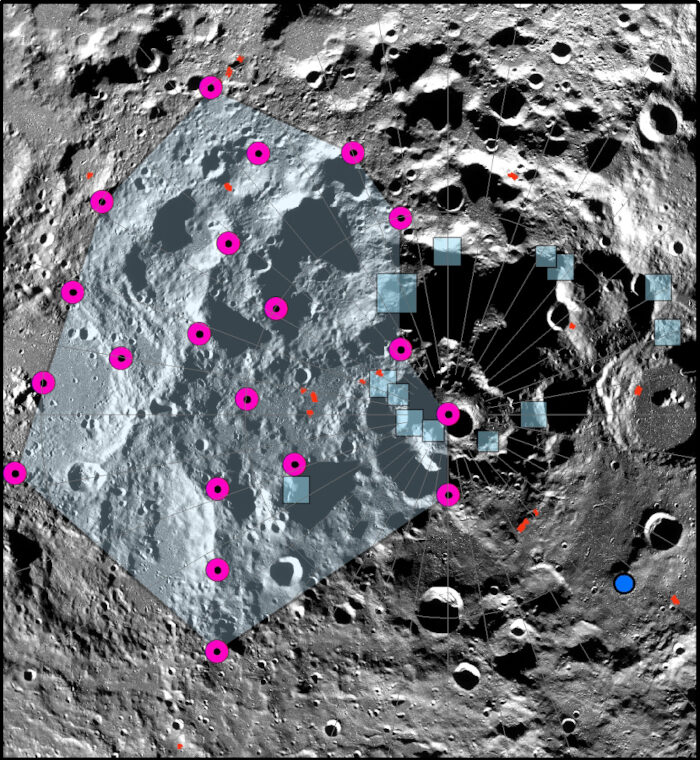
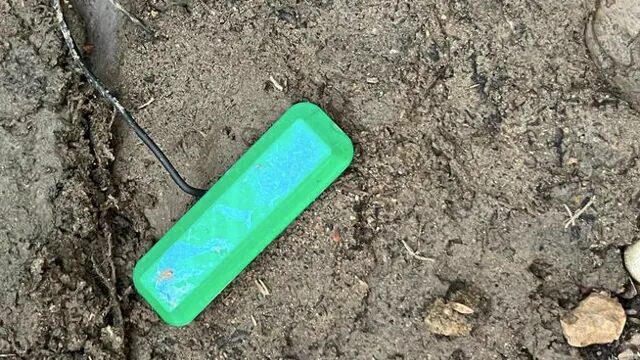

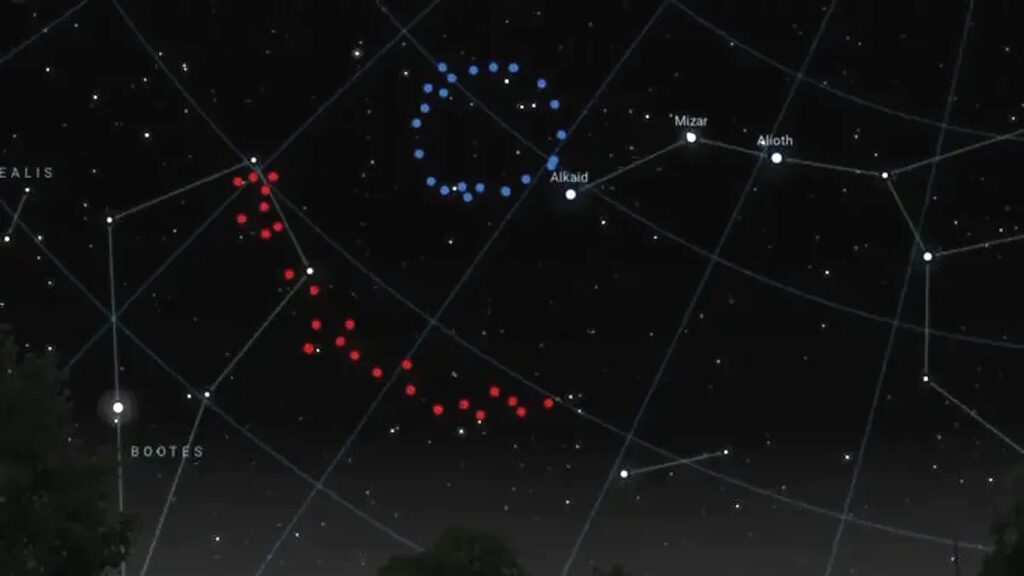
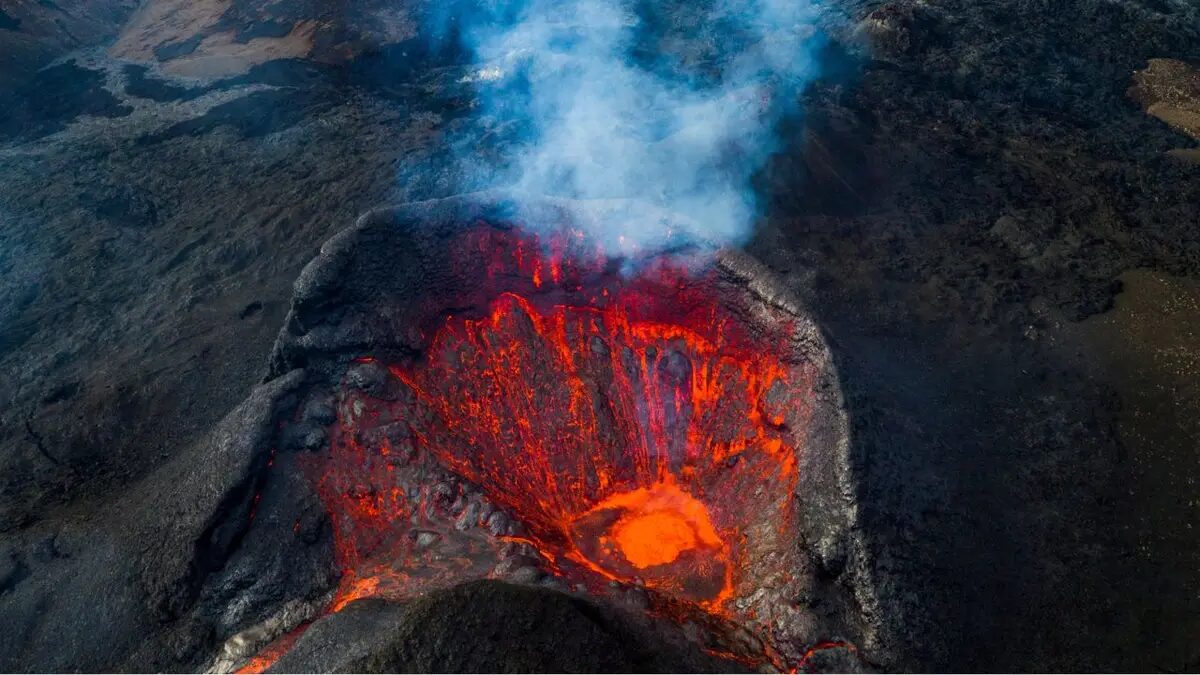
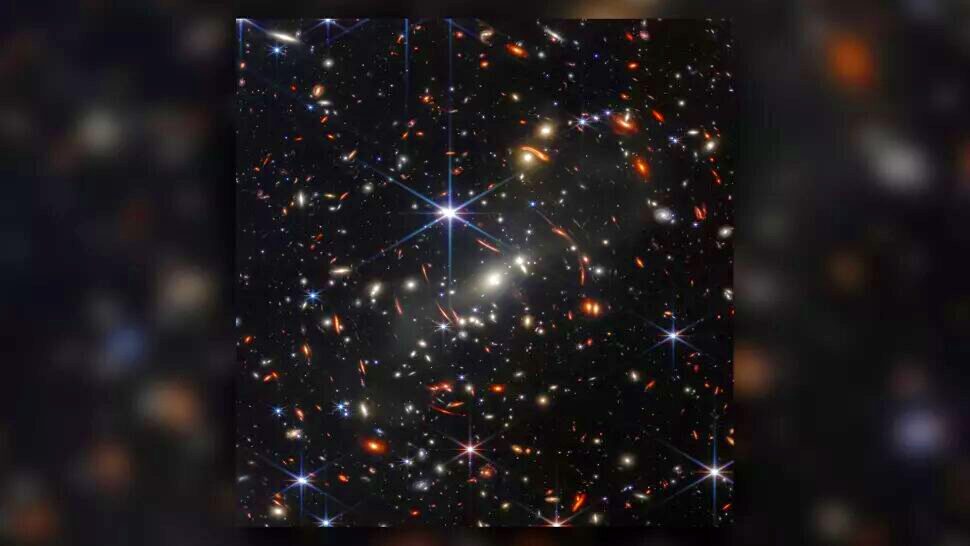
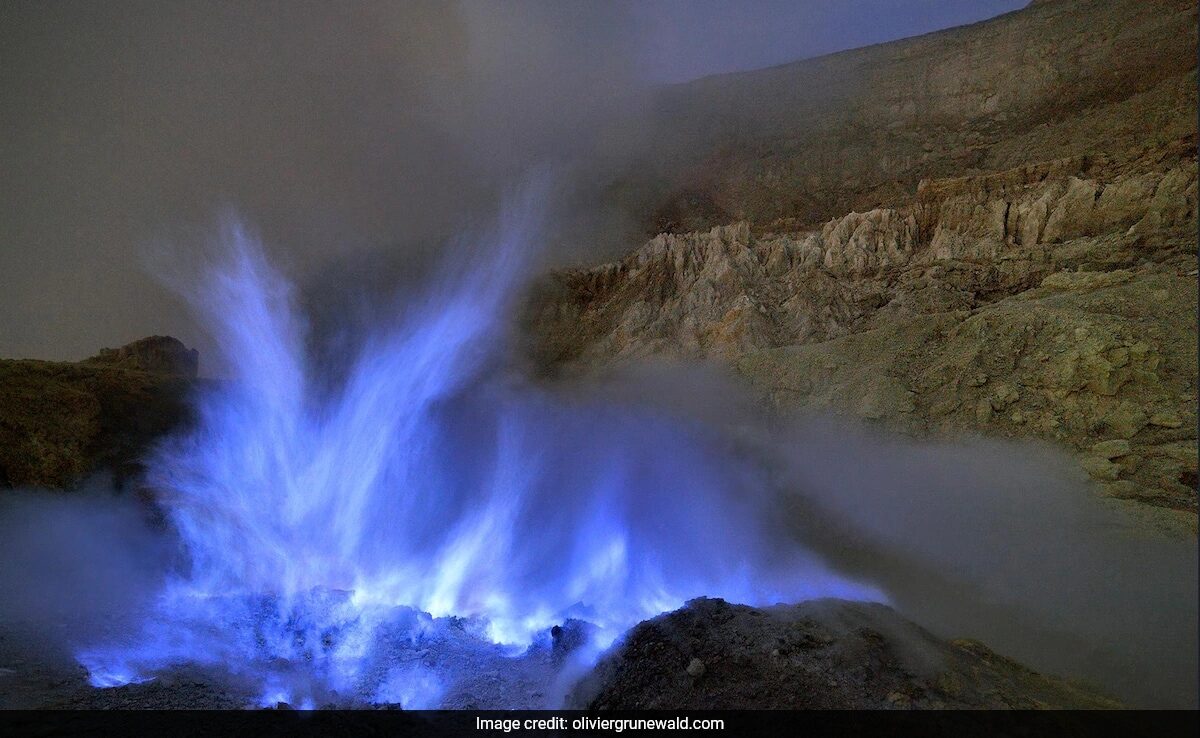
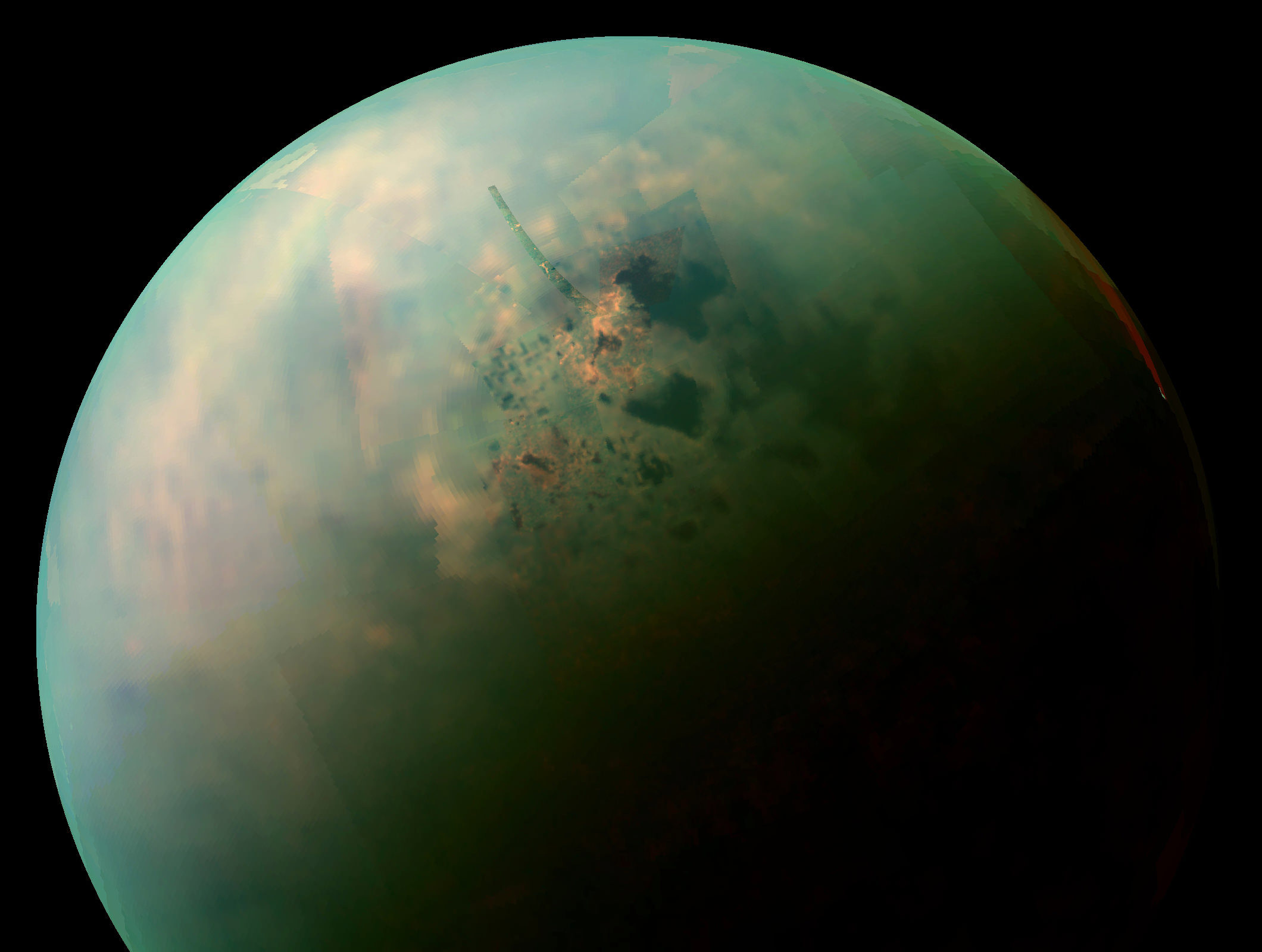




Comment: This might not revolutionise where we source our energy in the short term, but it might take us one step further in understanding the workings of nature, and how we can work with and harness that to our advantage: Tomato plants send electrical signals to each other through fungi